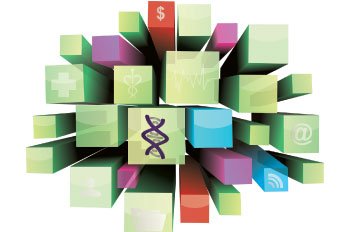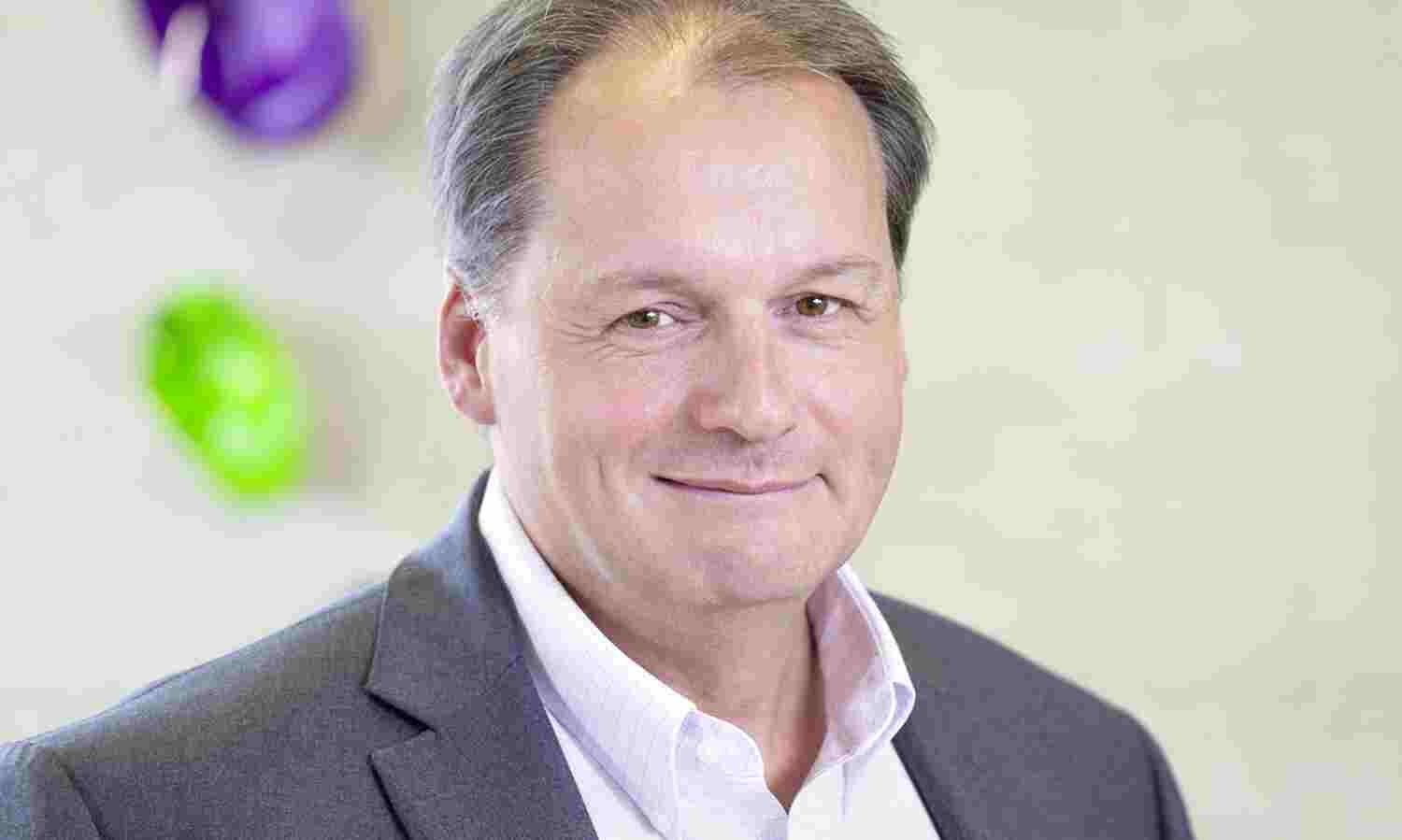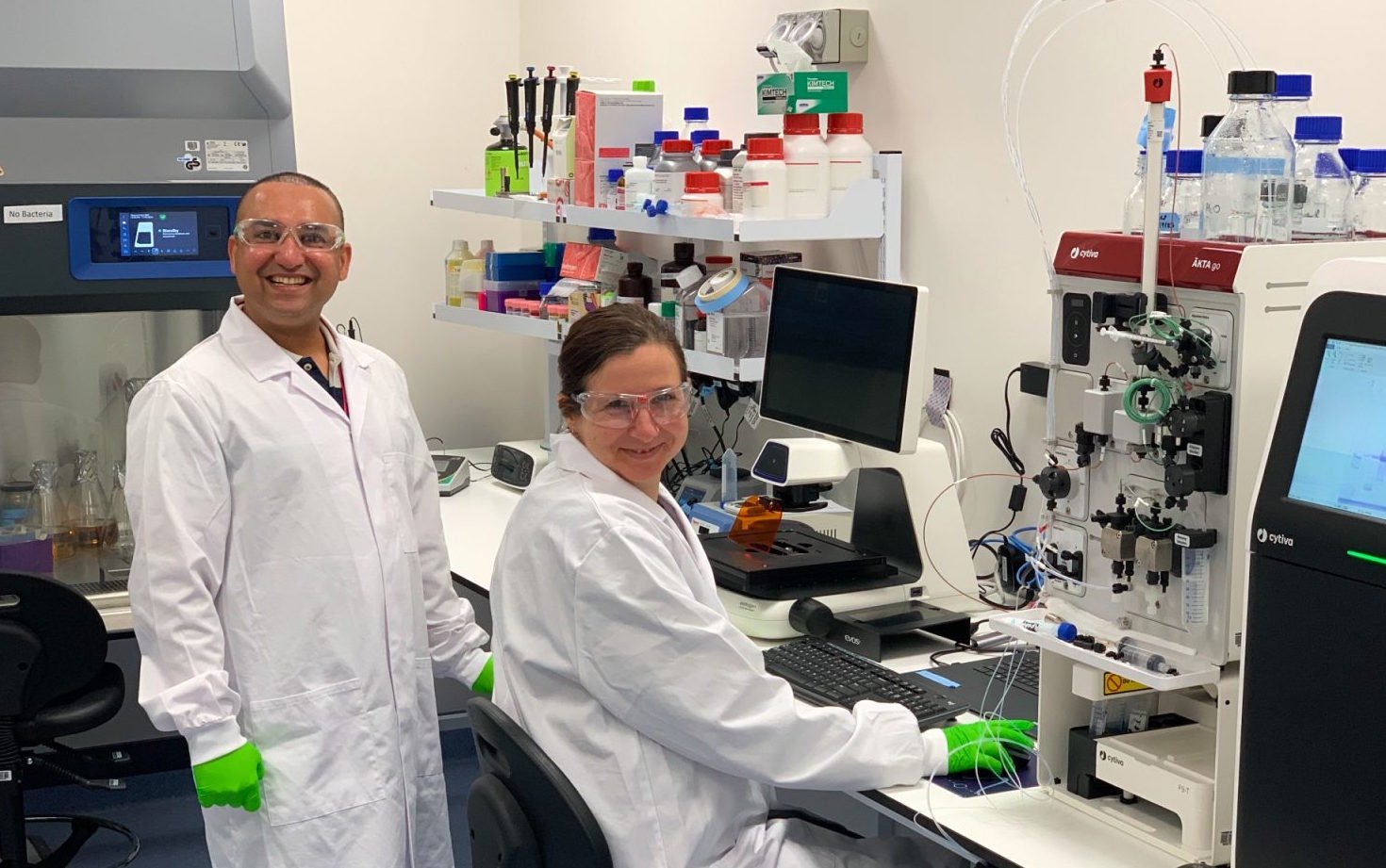Implementation of policy is the key
24 April 2014 | Regulatory | By BioSpectrum Bureau

Diagnostic kits comprise over 70 percent of the smart healthcare market and lot of innovation is happening in the rapid diagnostic kits sub-segment

Singapore: A rapidly emerging middle class and an ageing population in Asian countries, coupled with growing affluence and increased instances of lifestyle diseases is necessitating smarter, innovative solutions and approaches to providing quality healthcare. Furthermore, the growth drivers for the 'smart healthcare' market segment are picking up speed.
Market analysts peg Asia's healthcare expenditure growth at two-to-three times faster than the global average. This means that the overall government healthcare spending in Asia will easily more than double by 2020. The market is pitched for higher growth rate in the coming years. The medical devices market in the ASEAN region itself is expected to reach $8 billion by 2017. Even the most conservative projections of the smart healthcare market size in Asia take it over $100 billion by 2020.
Technology innovation, affordability, ease of operation and accessibility are the goals that the companies operating in the space are focusing on. However, there are several challenges. Regulatory framework evolution in the right direction remains the top most concern for many of these firms in various Asian markets.
Getting innovation out into the market is tough for these companies. Many of the participating firms have highlighted that policy guidelines and uneven regulatory framework is the biggest hurdle that Asian medical device developers face while successfully launching their product in the market.
The medical device industry is looking for regulatory reform that reduces regulatory costs and time, brings efficiency, encourage researchers to continue with innovation, and supports the industry with frameworks to adapt new devices. Mandatory product registration, clinical validation and unclear new registration guidelines that hamper the entry of a newly developed medical device into the market also pose as challenges.
Beside regulatory policies, finding an investor to inject funds into R&D of an innovative medical device also poses a major hurdle. Investors shy away from early stage companies leading to blocked innovations. While the fact is that most of the innovation and its commercialization is led by government infrastructure, the route to get funding is tedious and few formal mentorship processes are in place. The support falls short of industry expectations here.
Other major challenges to medical device players include lack of skilled manpower and engagement with hospitals and clinicians for trials of devices and diagnostics. In the ensuing pages, read a detailed report highlighting the policy framework developments that are happening across geographies in this direction.












